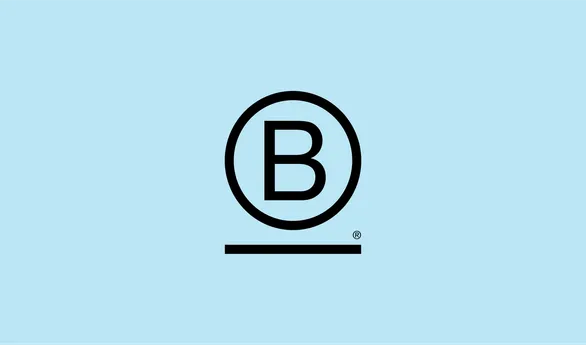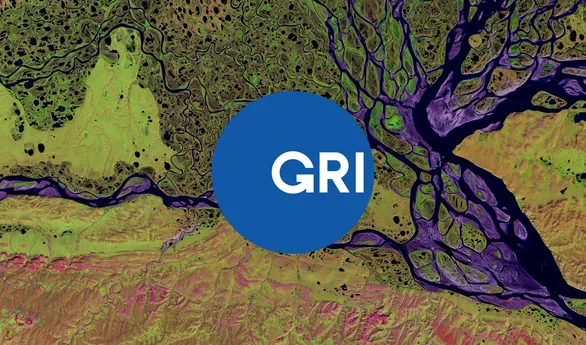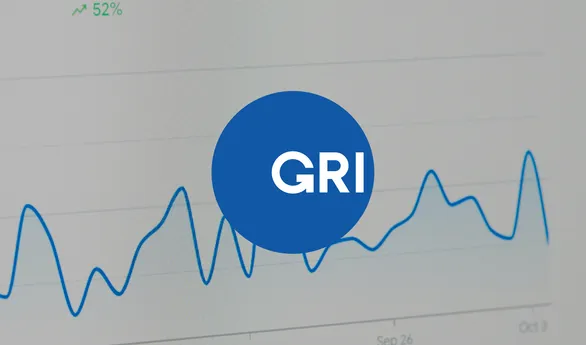The World Business Council for Sustainable Development (WBCSD) has published a report on avoided emissions, to provide companies with a credible way to assess the decarbonizing impact of their solutions. Here’s a handy summary of what you need to know.
Companies are under more and more pressure to measure and report on their carbon footprint, and to take into account the impact of their activity or investments through different regulations and guidelines. The main ones include the EU taxonomy, the Sustainable Finance Disclosure Regulation (SFDR) and the Corporate Sustainability Reporting Directive (CSRD).
Scope 3 (indirect emissions) is increasingly included in climate regulation and is therefore becoming central to business climate strategies. When considering their value chain carbon footprint which is covered by Scope 3, many companies’ emissions claims include avoided emissions. Here, a clear definition and process on avoided emissions is crucial as these should never be confused with GHG emissions.
The WBCSD’s report sets out guidelines on the processes that companies should put in place if they want to claim avoided emissions.
What is the difference between avoided emissions and reduced emissions?
The terms “avoided emissions” and “reduced emissions” are often used interchangeably, but there is an important difference between the two.
Avoided emissions (sometimes called ‘Scope 4 emissions‘) refer to the greenhouse gas (GHG) emissions that are prevented from being released into the atmosphere due to the implementation of measures that reduce or eliminate the emissions. These measures could be the adoption of renewable energy sources, the implementation of energy efficiency measures, or changes in land use, among others.
Reduced emissions, on the other hand, refer to a decrease in the amount of GHG emissions that are released into the atmosphere. This can be achieved by reducing the amount of energy consumed, using cleaner sources of energy, improving industrial processes, or adopting sustainable practices in agriculture and forestry, among others.
Is my solution avoiding emissions and am I eligible to claim for it?
The report outlines that companies must confirm their eligibility to make a Scope 4 emissions claim by passing through the three ‘gates’. These relate to:
-
Climate action credibility
-
Latest climate science alignment
-
Contribution legitimacy
But it’s important to note that before beginning this process, you should first measure and report the induced emissions of your company activities and especially of the solution for which you want to claim Scope 4 emissions.
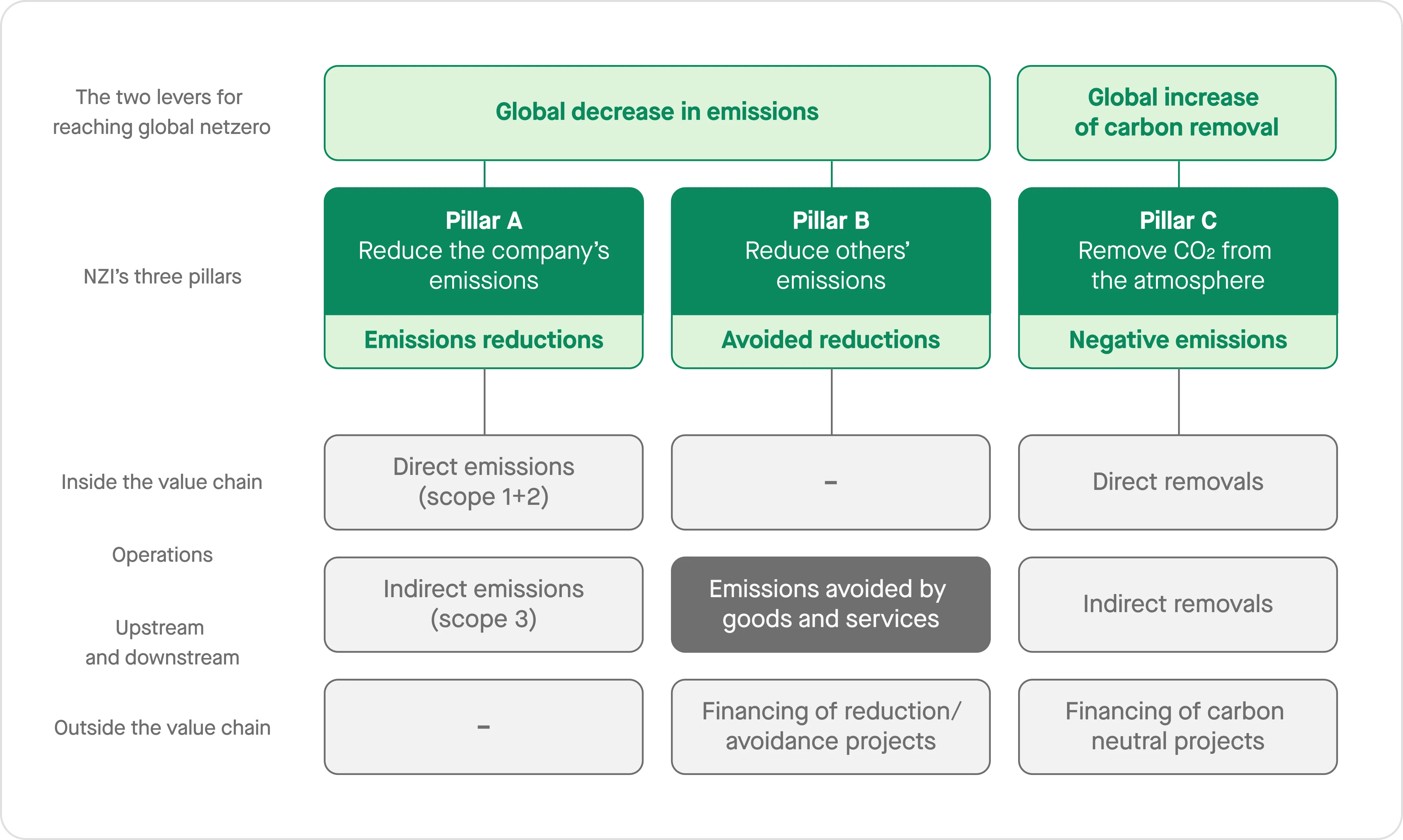
Let’s now take a look at what processes you need to put in place to pass through each of the above-mentioned gates.
1. Climate action credibility
Meeting the criteria for climate action credibility involves reporting on your company’s science-aligned climate ambition and targets, along with the steps being taken to achieve them. You can do this by setting targets in accordance with the latest Science Based Targets initiative (SBTi) recommendations, which is widely recognized as a best practice. It’s important to note that reporting progress towards these targets is also necessary to meet the climate action credibility criteria.
There are other methods to demonstrate your commitment to a robust climate strategy. For example, you can establish net-zero targets that are broken down into quantifiable milestones and reduction initiatives.
2. Latest climate science alignment
To ensure transparency and accuracy in reporting Scope 4 emissions, your company must clearly identify and describe the mitigation potential of each solution that you’re claiming for. This also applies to intermediary products where you must clearly show what the end-solution’s mitigation potential is. It’s important to mention the recognized source of the latest climate science used to calculate this mitigation potential.
Two main sources are recommended as points of reference for identifying mitigation potential:
-
The IPCC AR6 Working Group III Summary for Policymakers, which outlines various mitigation options, including “Figure SPM.7: Overview of mitigation options and their estimated ranges of costs and potentials in 2030.”
-
The EU Taxonomy, which includes taxonomy-relevant activities with significant contributions to mitigation criteria applicable to them.
3. Contribution legitimacy
To meet this criterion, you need to calculate and report how much your solution can reduce emissions overall. You should also explain why all of the reductions can be attributed to your solution and why they are significant.
-
Decarbonizing impact: The solution helps customers reduce their emissions compared to other available options.
-
Direct impact: The solution itself directly contributes to emissions savings for users.
-
Significant impact: The solution’s decarbonizing effect is expected to be significant compared to other available options.
How do you measure avoided emissions?
The report details four steps to measure Scope 4 emissions :
1. Define the timeframe of the avoided emissions assessment
In this step the main goal is to be consistent with the way the impact of the induced emissions (of the product for which you want to report the avoided emissions) are reported. If you want to be eligible to claim emissions avoided for a given solution, you should first report the induced emissions that stem from this solution (see the NZI scheme above).
There are two main ways of doing this:
a) Forward looking avoided emissions
If a solution’s life cycle emissions are assessed and reported in the year of transaction within your GHG inventory, (e.g., use of Sold Products – Category 11 Scope 3), then avoided emissions should also be assessed in the year of sale for the solution’s entire life cycle.
b) Year on year avoided emissions
If a solution’s emissions are assessed and reported annually in your GHG inventory (e.g. Scope 1 or Upstream/Downstream Leased Assets – Category 8/13 Scope 3), then avoided emissions should be assessed every year.
2. Define the reference scenario
Since Scope 4 emissions are essentially the difference between the impact of the solution and the emission quantity in a given reference case, it’s crucial to define this reference scenario. The major risk here is overestimating or underestimating the amount of avoided emissions. The decision tree below can help you to develop emissions scenarios:
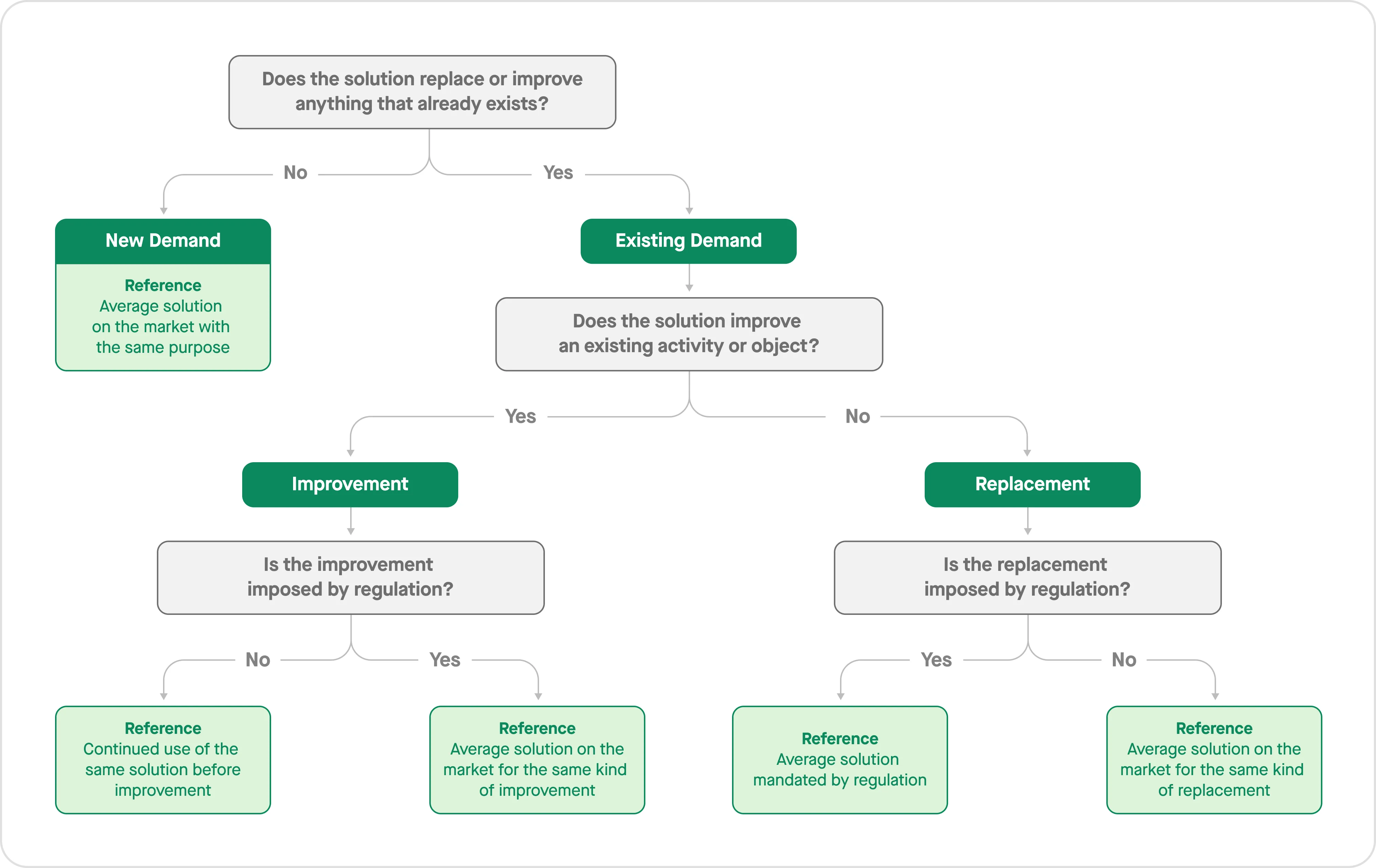
The key factor to consider is the influence of regulation. If a new regulation requires a specific improvement (such as changing from fuel boilers to heat pumps), and your company produces the solution that meets this requirement (such as heat pumps), then you should use the impact of your solution as the reference point for reporting the emissions savings.
In this case, you shouldn’t compare your heat pumps to the average impact of a fuel boiler, but rather to the average impact of the heat pumps available on the market. This is because the regulation is imposing the improvement, and it is important to measure the impact of the specific solution that meets this requirement, rather than a general comparison to the average market use case.
3. Assess the life cycle emissions of the solution and the reference scenario
When calculating avoided emissions, you need to look at the entire life cycle of the solution, including emissions from production, use, end of life, and transport. This helps you see the difference between the emissions of the new solution compared to the old one.
Also, you shouldn’t look at a time frame longer than the life cycle of the solution to calculate these avoided emissions.
There are two ways to calculate the product’s life cycle greenhouse gas emissions: attributional and consequential approaches. These methods help you measure the difference between the emissions from using the new solution and the emissions that would have happened if you used the old one.
The attributional approach is used to estimate the direct emissions associated with the production, use, and disposal of a specific product or service. It assumes that the system will remain unchanged, meaning that the same emissions will occur regardless of whether or not the product or service is used.
In contrast, the consequential approach takes into account the fact that the use of the product or service can lead to changes in the broader system, such as changes in consumer behavior, supply chain activities, or energy production. The measured impact is then on a change rather than an existing product.
4. Assess avoided emissions
This last step is the difference between what has been calculated in steps a and 3.
Avoided emissions = Solution’s emissions – Reference emissions
The report explains how to calculate the environmental impact of a given solution – we’ve used the example of a heat pump to illustrate it.
The calculation involves measuring the impact of the heat pump (“solution”) and the impact of the alternative (“reference”) that people would use instead – i.e. the usual solution, such as a boiler. (Note: If the replacement of a boiler is imposed by regulation then the reference should be the heat pump solution.)
There are three different levels of specificity for both the “solution” and “reference” measurements. The first level is “solution/user-specific,” which means measuring the impact of the heat pump based on how a specific user would use it.
The second level is “company-specific,” which means measuring the impact of the heat pump based on the average usage scenario for all the company’s customers. The third level is “statistical,” which means measuring the pump’s impact based on the average market usage scenario for all heat pumps sold on the market.
Note that if the statistical approach is used for both the “solution” and “reference” measurements, there may not be any avoided emissions because the assumptions for both the “solution” and “reference” may be the same.

How do you report and communicate avoided emissions?
When it comes to reporting avoided emissions, what matters most is to be transparent. The WBCSD offers some guidance on what you should do to comply with the reporting standards:
-
You should report avoided emissions separately from GHG inventory footprints, carbon sinks, and financial contributions to transition outside the value chain.
-
Avoided emissions cannot be used by you to make claims about your carbon neutrality, net-zero emissions, or lack of impact on the climate.
-
When reporting at a solution level, provide a description and life cycle GHG emissions of the solutions and reference scenarios on which avoided emissions are based.
-
Specify whether the forward-looking or year-on-year approach was used to quantify avoided emissions.
-
All reported avoided emissions must meet the three eligibility criteria gates, and evidence of compliance with each gate should be publicly available.
-
You cannot communicate avoided emissions externally without specifying the percentage of total revenue generated by the solutions that created those avoided emissions.
To sum up
This WBCSD report is a significant milestone in establishing a reliable and robust use of the avoided emissions metric. It also serves as a call to policymakers to use avoided emissions as a complementary metric to advance the international climate change agenda.
How Sweep can help
At Sweep, our customers can already track and report avoided emissions, in addition to managing their carbon emissions (scopes 1, 2, & 3) and negative emissions (i.e. carbon removals).
Contact us to find out more about how we can support you to measure and manage your complete carbon footprint.


